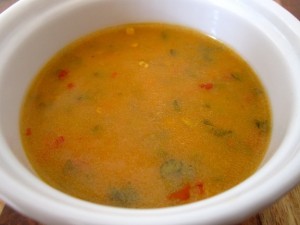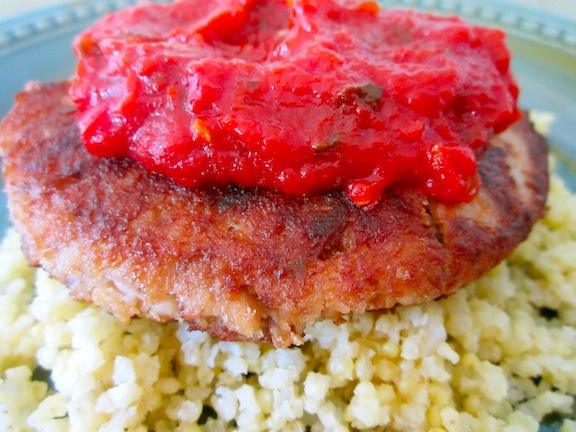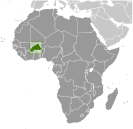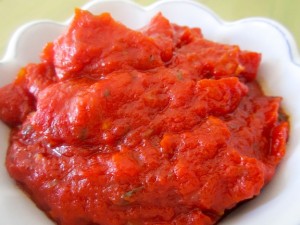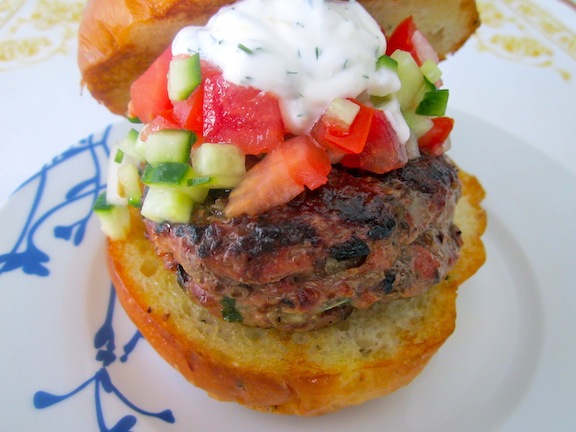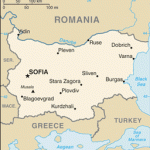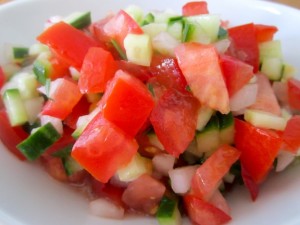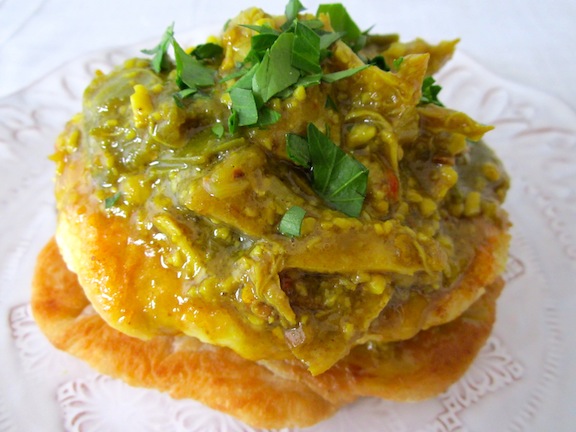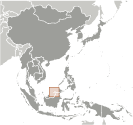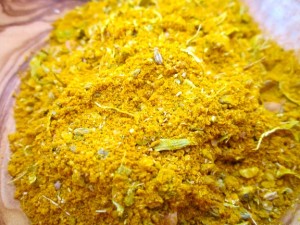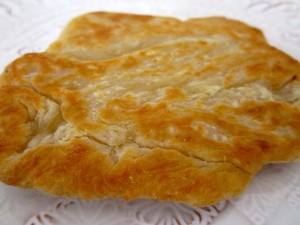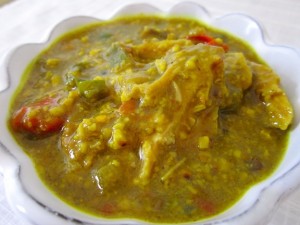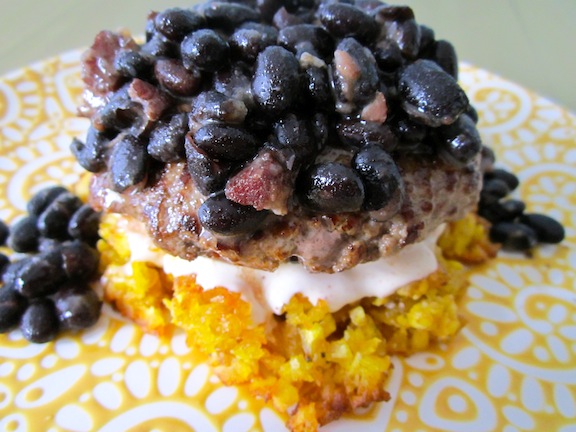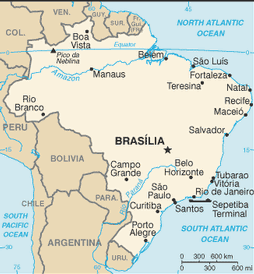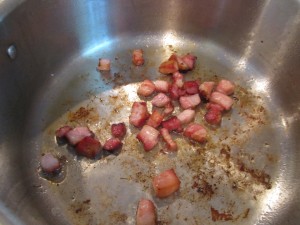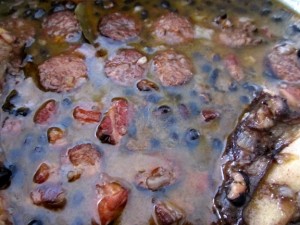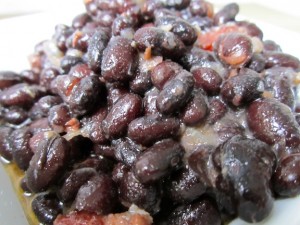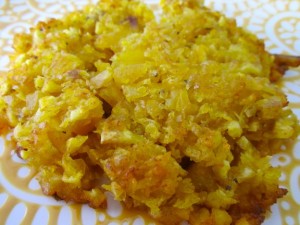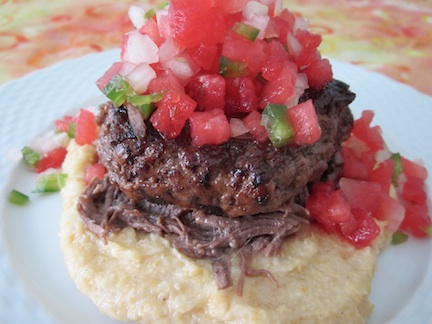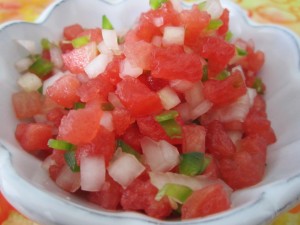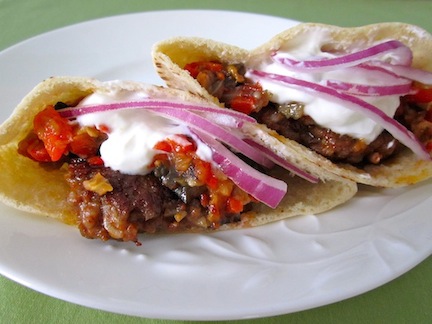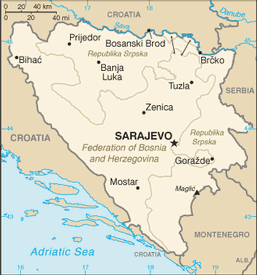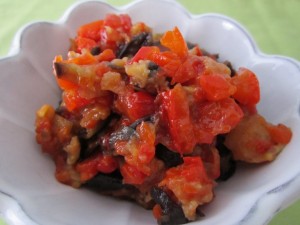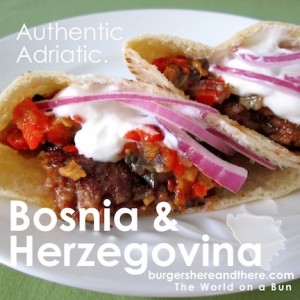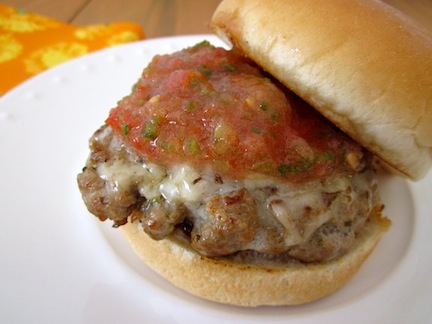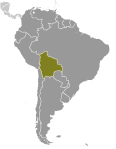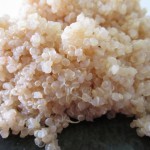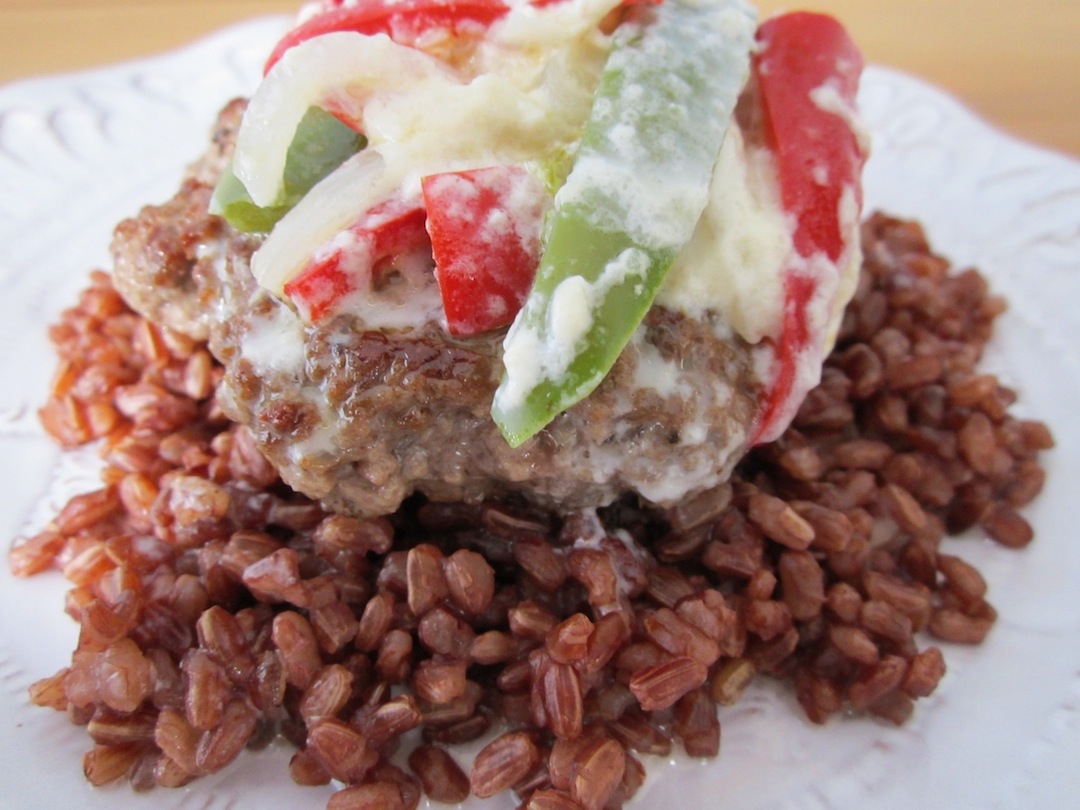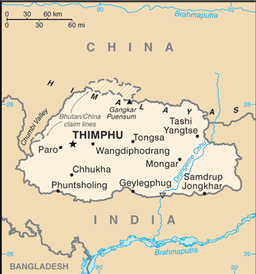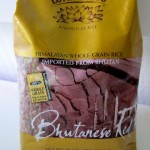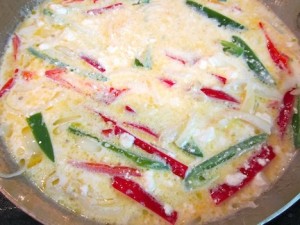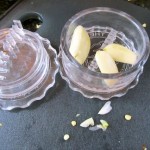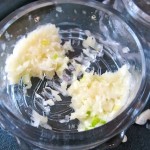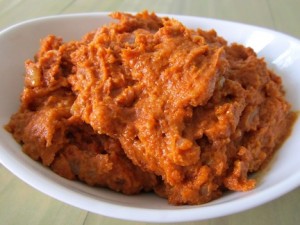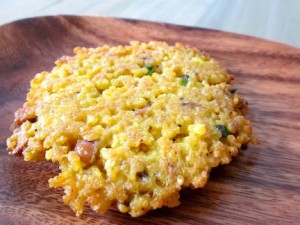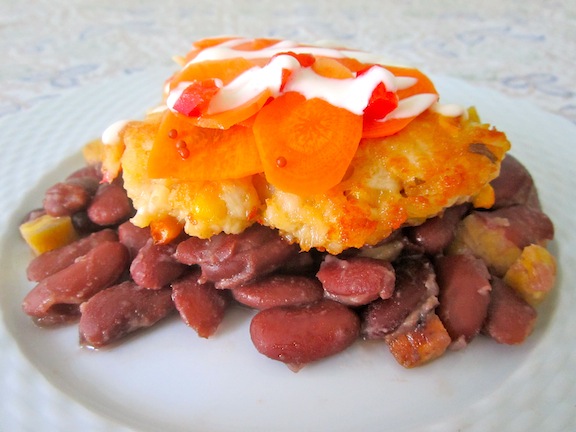 Piri Piri Fish Cake with red beans, plantains and pickled carrots
Piri Piri Fish Cake with red beans, plantains and pickled carrots
The Republic of Burundi is our final “B” country, so please take a moment with me and raise your glass in celebration.
It’s a landlocked country in the middle of Africa, bordered by Rwanda, Tanzania and the Democratic Republic of Congo. According to the CIA World Factbook, Burundi ranks 228 out of 228 for GDP per capita. The UN Human Development Index ranks Burundi 166 out of 169 countries and according to the UN, 81.3% of the population is living on less than $1.25 per day. 81.3%! It amazes me that we don’t hear about this every night on the news. It amazes me that I’ve never heard a single news report about the 10 million people living in Burundi, most of them in poverty.
I had to stop reading about the politics and economics in Burundi, it made me want to start a whole new blog to try to bring attention to these countries that I’m just learning about. But then I realize that I’m not the right person for that, I’d just get too sad or pissed off then I would empty my paltry savings in an attempt to do some good and my children would not have any way to afford college…well, you get the idea. What I will do as we go along is point out highlights/lowlights and hope that all of us just paying attention will make a difference, or at least a start.
The good news is that stuff grows in Burundi and they have a large freshwater lake, so the cuisine isn’t as limited as you might think. Like other places where resources are tight, stretching food is critical. I tried again to make a sorghum paste (a traditional dish in Burundi), but I can’t get this to taste like anything other than paste. So, I switched up the starch and focused instead on the traditional red kidney beans and plantains that is generally considered the Burundian national dish. According to several articles I read, this is eaten at least once a day by most Burundians. I kept this simple and classic, because I wanted it to be a good base for my fish. For the fish, I went with the only freshwater fish that I like, tilapia, and spiced it way up with Piri Piri sauce, then balanced with a little sweet roasted corn – yummy! Some pickled carrots give the dish a little color and crunch and a drizzle of lemon aioli was the perfect compliment. I don’t know if Burundians eat mayonnaise, but I figured they have eggs and oil, mayonnaise didn’t seem like a giant leap. Go light with the aioli though – it can overpower and you want to make sure you are getting the full flavor of the fish cake and the beans.
We served this with a light Chardonnay for my husband and, I must admit, a white Zinfandel for me (it’s a summer only thing for me – and it works with spicy food pretty well). This recipe is a bit complicated and takes time to prepare, but it is worth the effort and much of it can be made ahead of time.
If you enjoy this burger, try another fish cake favorite of mine, the Belizean burger is full of wonderful fresh flavors and will give you range of tastes in the fishcake world.
Burundi Burger
1 pound tilapia fillets
4 Tablespoons Piri Piri sauce (recipe below)
5 Tablespoons plus 1 teaspoon peanut oil
½ cup fresh corn cut off the cob (approximately one small ear)
1 egg lightly beaten
½ cup tapioca flour
Kosher salt
Red Beans and Plantains (recipe below)
Pickled Carrots (recipe below)
Lemon Aioli (recipe below)
Coat the tilapia fillets with 2 Tablespoons of the Piri Piri sauce and let the fish sit in a glass dish for a half hour at room temperature. Meanwhile, in a medium skillet, heat 1 teaspoon of peanut oil over medium high heat. Add the corn and a pinch of salt. Roast, stirring regularly until corn is lightly browned. Remove from heat.
In a large non-stick skillet, heat 2 Tablespoons peanut oil over medium high heat until shimmering. Cook the tilapia in the hot oil for about 2 minutes per side until just cooked through. Remove the fish to a large bowl and use a fork to flake the fish. Add 2 Tablespoons Piri Piri sauce and mix well. Cool in the refrigerator for 10-15 minutes. Drain the excess liquid from the fish mixture. Add egg, corn, flour and 1 teaspoon of kosher salt.
Heat 3 Tablespoons of oil in a large non-stick skillet over medium high heat until shimmering. Using a large ice cream scoop, scoop the fish mixture into the hot oil then immediately press flat with a spatula. Cook until golden then turn and cook until heated through and golden (about 2-3 minutes per side).
Serve a large scoop of Red Beans and Plantains on each plate, then place the cooked fish cakes on top. Garnish with the Pickled Carrots and a drizzle of Lemon Aioli. Serve the beans and fish hot.
Piri Piri Sauce
10 dried bird chilies
1 dried hot Thai chili
1-2 fresh red jalapenos
2 Tablespoons fresh Italian parsley (chopped)
Juice of one lemon
½ teaspoon salt
¼ cup peanut oil
Put all ingredients in a small food processor and pulse until thoroughly combined. Let sit in a glass container at room temperature for at least 12 hours. You can refrigerate after that if you need to, just bring the sauce back to room temperature before using. You can use less of the dried chilies and/or more mild chilies to temper the spiciness if you want. Removing the seeds will also make for a less fiery sauce.
Pickled Carrots
1 large carrot sliced extremely thin (I love a mandoline for this, best kitchen tool ever!)
1 cherry pepper diced (you can substitute any other mild pepper)
¼ teaspoon brown mustard seeds (much milder than the yellow variety – if you can’t find any, just skip the mustard seeds)
2 Tablespoons white wine vinegar
Add all ingredients together in a glass bowl and refrigerate until ready to use (at least an hour).
Lemon Aioli
½ cup mayonnaise
Juice of ½ lemon
1 Tablespoon olive oil
Salt and pepper
In a small bowl whisk mayonnaise, lemon juice and olive oil then salt and pepper to taste. Refrigerate until ready to use.
Red Beans and Plantains
1 cup dry kidney beans
6 cups water
4 Tablespoons peanut oil
1 medium onion diced
1 plantain diced
Kosher salt
Rinse beans and place in a large pot with 3 cups of water. Bring to a boil then remove from heat and soak covered for 4 hours. Drain and rinse the beans. In the same large pot, heat 1 Tablespoon of the peanut oil and sauté the onions in the oil until translucent. Add the beans and the remaining 3 cups of water and 1 teaspoon of salt. Simmer for 2 hours or until beans are soft. You can shortcut this recipe using canned beans, just cook them until heated through and don’t over cook. You won’t get the same texture, but you will save a lot of time.
In a medium skillet, heat 3 Tablespoons of peanut oil until shimmering. Add the diced plantains and sprinkle with salt. Sauté the plantains until lightly browned. Remove the plantains with a slotted spoon and add to the red beans. Fold together gently. Serve hot. You can do this ahead of time, but save the plantains for the day you are going to serve this. I made the mistake of refrigerating this overnight before creating my photo burger the next day – the plantains go mushy and a little brown, everything still tasted good, but the texture wasn’t as good and it wasn’t as pretty.
©Copyright 2011 Linda Monach


